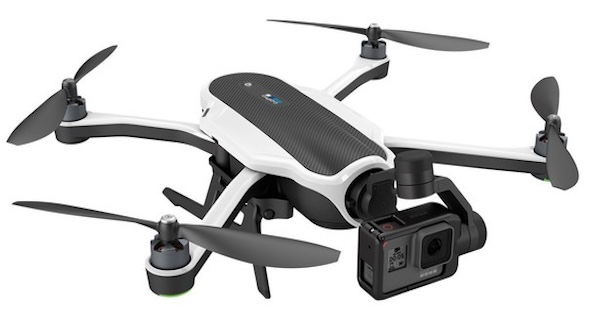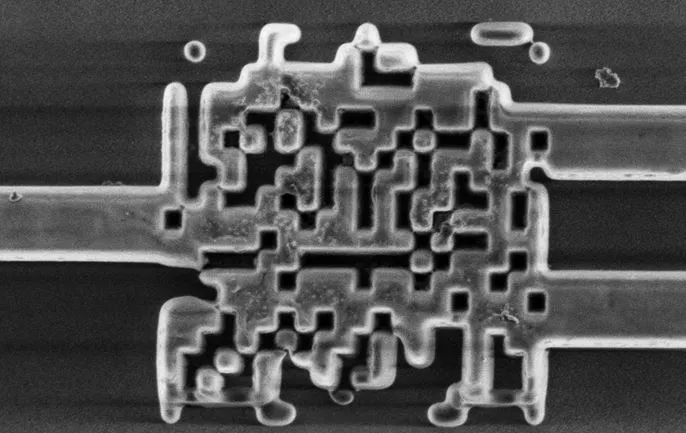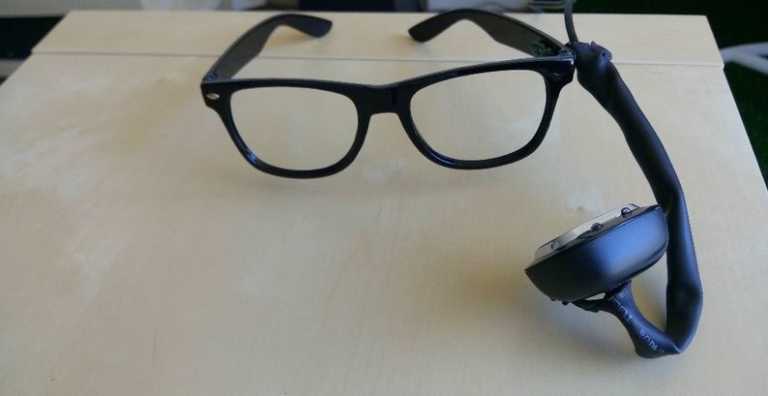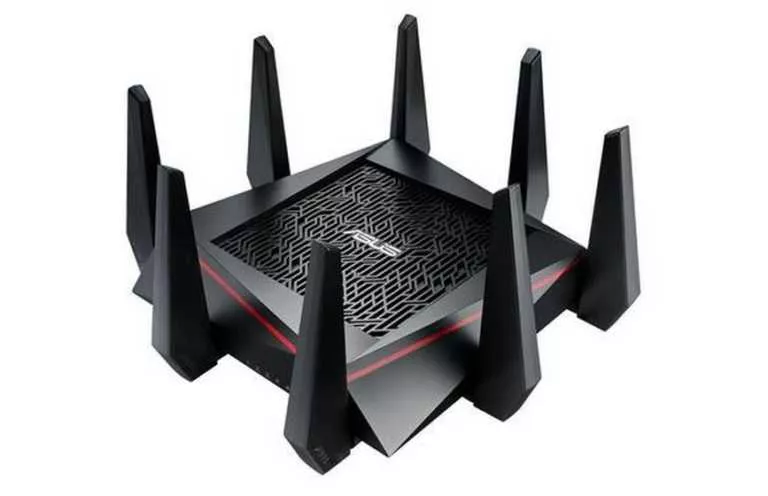JB-9: “World’s Only Read Jetpack” We All Are Looking Forward To
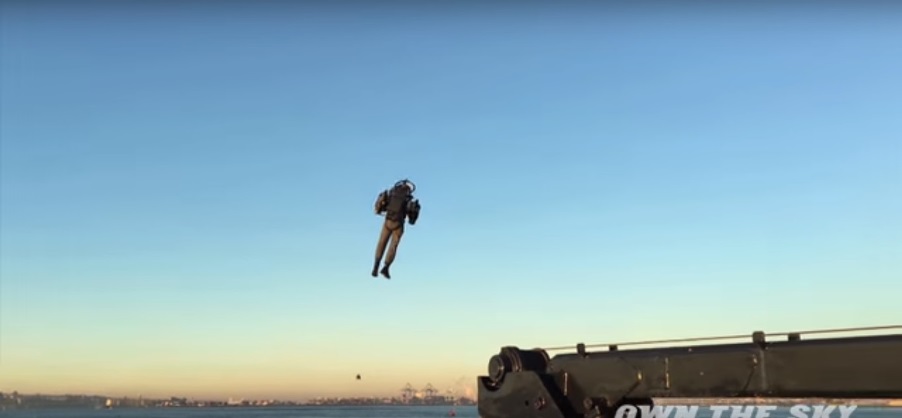
 Short Bytes: Many jetpacks have been averse to our Jetpack expectations because of their technical corners. But now we have JB-9. It has been under development for last 20 years and people are really looking forward to it in terms of Jetpack being sold for commercially.
Short Bytes: Many jetpacks have been averse to our Jetpack expectations because of their technical corners. But now we have JB-9. It has been under development for last 20 years and people are really looking forward to it in terms of Jetpack being sold for commercially.
And there’s the Jetman Dubai jetpack, which is technically more of a ‘wingsuit system’ that you have to strap yourself into and be launched from an aircraft more than 2 km in the air to achieve flight. These unwanted things defy the definition of a Jetpack.
Evan Ackerman explains over at IEEE Spectrum about a real Jetpack:
So let’s talk about JB-9, the real Jetpack
JB-9 runs on actual turbojet engines, not efficient enough to power big aircraft, but ideal for a compact Jetpack because of ideal power to weight ratio. It consumes under 4 litres of the fuel per minute – the device includes a 38-litre fuel tank.
You can manoeuvre in the air using simple hand controls once you are in the air. According to Jetpack Aviation, the jetpack can fly at an altitude of around 10,000 feet (30,480 metres) at speeds greater than 100 mph (160 km/h) and with an endurance of 10 minutes or more, depending on the pilot’s weight.
Unfortunately, the JB-9 or 10 won’t be available for sale anytime soon. It took them 20 years to develop this version and they’re unlikely to be cheap.


